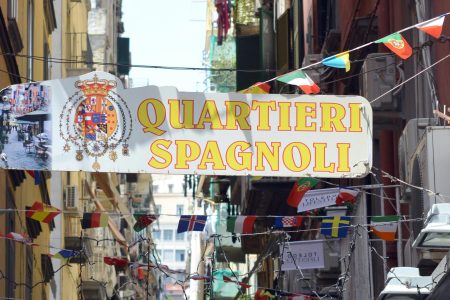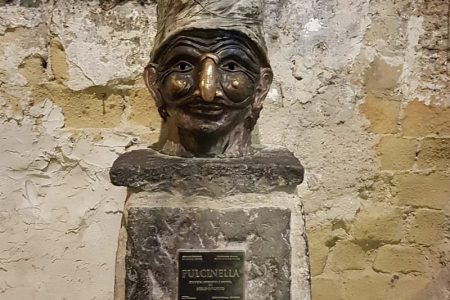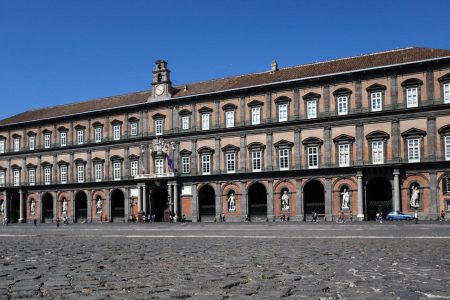Table of Contents
The Gold of Naples is a collection of short stories by Neapolitan writer and screenwriter Joseph Marotta, rose to prominence especially after World War II with this work, which is considered his masterpiece.
The book is one of the most widely read books in the late 1940s, so much so that it inspired the 1954 film of the same name directed by Vittorio De Sica. The film had an outstanding cast that included Totò, Vittorio De Sica, Sophia Loren, Silvana Mangano and Eduardo de Filippo.
It is no coincidence, however, that the publication of The Gold of Naples coincides with a historical moment in which Naples and Italy are still devastated by the war conflict and in which man must begin to rebuild himself. From a purely literary point of view, the work insinuates itself into the groove traced by the Neorealism, an artistic current in which art is used as a means of investigating the human condition and as an aid to solving social problems.
You might be interested
Walking tour among the wonders of the Sanità district
per person Book
Walking tour in the Spanish Quarters to breathe in the magic of Naples
per person Book
Visit Naples in half a day: guided tour from Piazza Dante to Piazza del Gesù
per person Book
Private guided tour of the Royal Palace of Naples
per person Book
Life and trivia about Giuseppe Marotta
Giuseppe Marotta was born in Naples in 1902 to a middle-class family in Avellino. At just 9 years old, he is already fatherless, and his mother is forced to work menial jobs to support the family. During these years the young Marotta lives in a traditional neapolitan bass Of the first floor of the bell tower of the church of Sant'Agostino degli Scalzi.
Leaving technical school early, he began working for the gas company as a laborer, but would resume his evening studies. In 1925 he moved to Milan to pursue a career as a journalist, working at Mondadori and Rizzoli, and in 1932 he published his first novel, Tutte a me. Later, he also began collaborating with the Evening Courier until 1943, and then resumed after the war.
From the postwar period Marotta also devoted himself to writing theater and film scripts. Alternating between prose and journalism, in 1947 the Neapolitan author gives to the prints The gold of Naples which turned out to be a great success, so much so that it prompted Vittorio De Sica to make a film of it in 1954.
From the 1950s Marotta will work actively in cinema, writing subjects and screenplays. In fact, he will collaborate with Zavattini and other authors in the screenplay of films such as Carosello Napoletano, Questi Fantasmi and Mondo Nudo. He would later also be a film critic for L'Europeo until his death, which occurred in 1963 due to a cerebral hemorrhage.
The importance of The Gold of Naples to Neapolitan culture.
With The Gold of Naples Marotta Collects 36 stories which had previously been published in the Corriere della Sera in Milan. These were elzeviri, or background articles in the newspaper devoted to literary and artistic topics. In these stories the author mainly describes the places of his childhood with manic care and much melancholy.
So, the work has a certain autobiographical component and not surprisingly begins with a dedication to her mother who as a young widow had raised her children amidst a thousand difficulties. The language used is in some parts very simple and in others more sophisticated with metaphors, similes and other typically Neapolitan trappings.
Whether the reader is a Neapolitan or not matters little because Marotta takes the reader through the lows of Naples' alleys, traditional songs and the hardships of the poor people. Throughout the various tales, characters such as priests, professors, gamblers, guappi and petty thieves alternate to serve as anthropological examples Of the way of life of the Neapolitan people so well portrayed.
Amidst generosity, naiveté, devotion, cunning and mystification, the men and women protagonists of The Gold of Naples truthfully display the art of making do with life's vicissitudes and the ability to always get up.





0 Comments